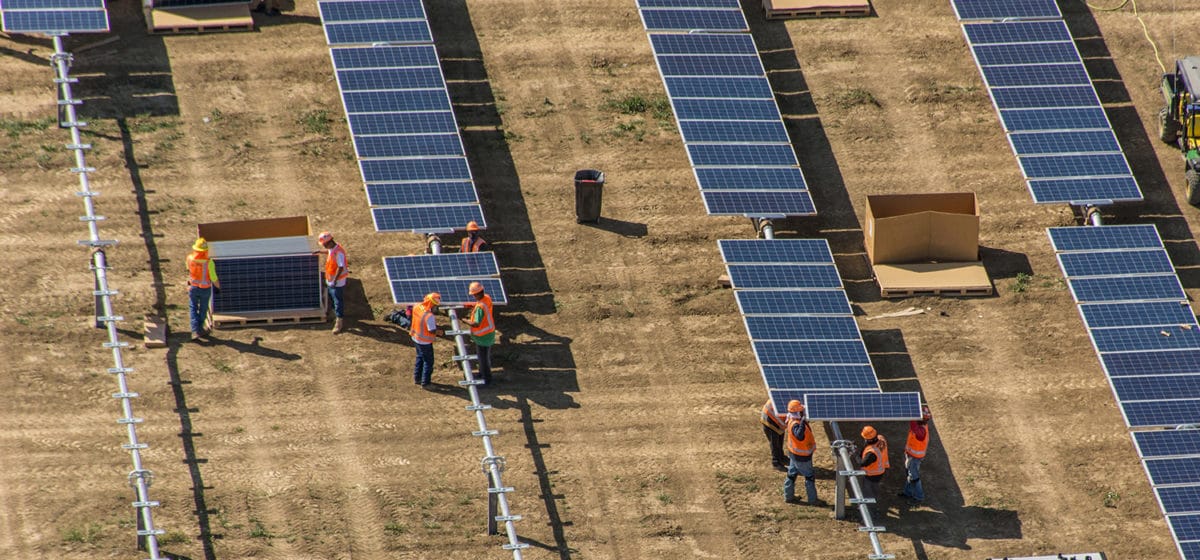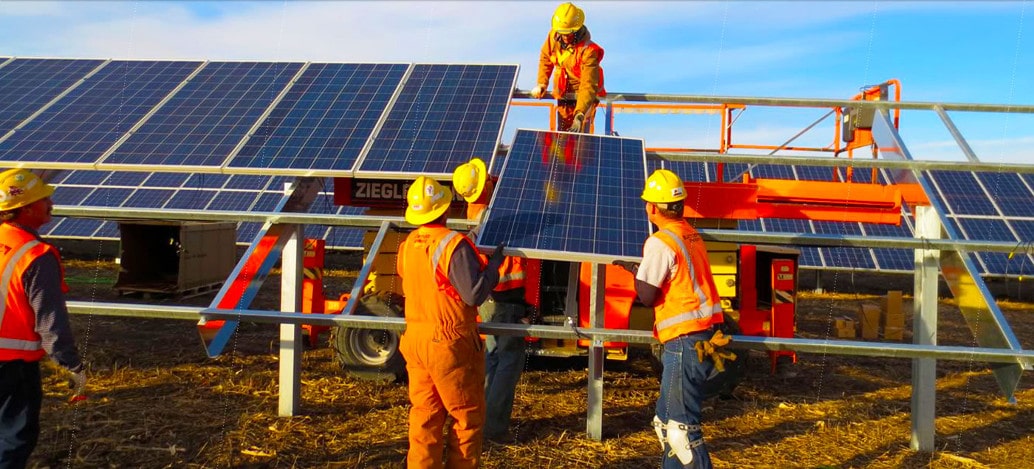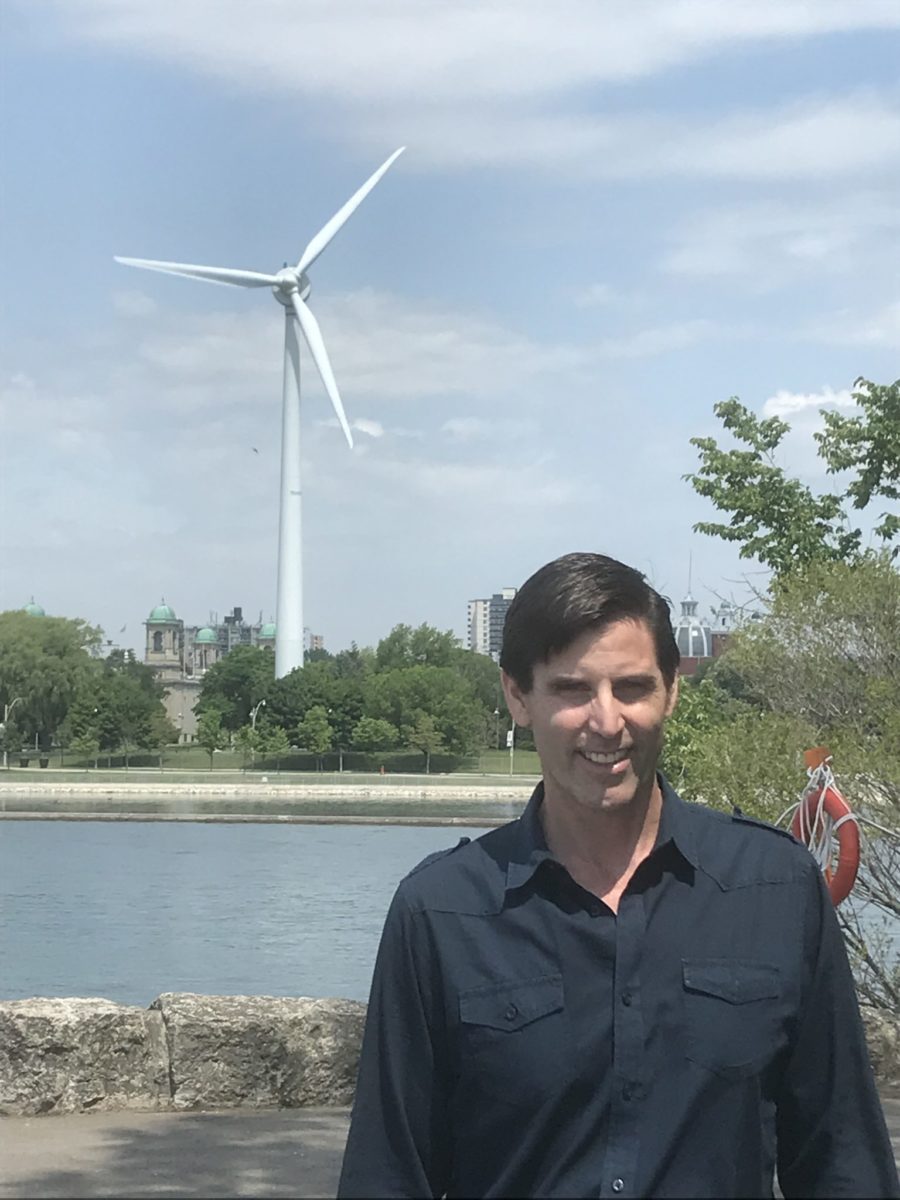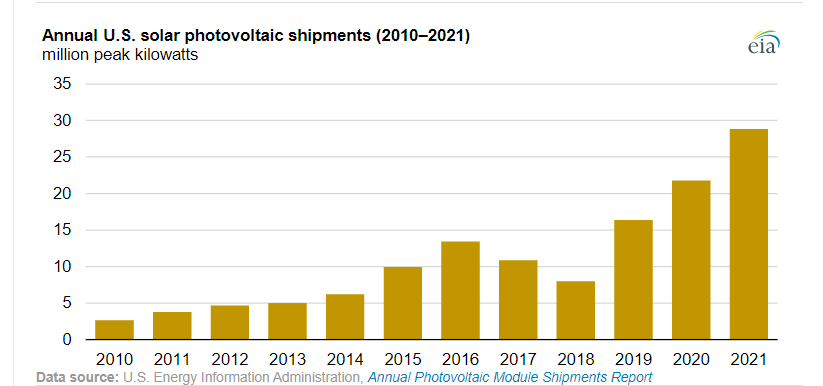Norbert
TSLA will win

Global solar capacity to grow 30% this year, said analyst
Bloomberg senior clean energy analyst Rob Barnett forecasts a 30% increase in global PV deployment this year, and double-digit growth through 2025.pv-magazine-usa.com
Unless I'm missing something, 250 GW in 2022 would be much more than what is shown in the graph. In comparison, the graph looks very cautious about the time after 2021.









